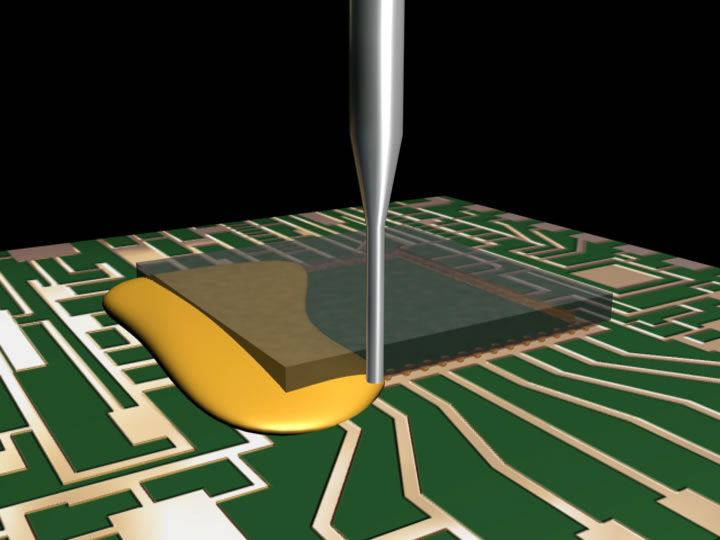


105, 128) appears to have been the first to show the necessity of taking account of the attraction between the parts of the fluid itself in order to explain the phenomena. The idea of such forces, however, had been distinctly formed by Newton, who gave the first example of the calculation of the effect of such forces in his theorem on the alteration of the path of a light-corpuscle when it enters or leaves a dense body.Īlexis Claude Clairault ( Théorie de la figure de la terre, Paris, 1808, pp. It is to be observed that, while these early speculators ascribe the phenomena to attraction, they do not distinctly assert that this attraction is sensible only at insensible distances, and that for all distances which we can directly measure the force is altogether insensible.

He considered the capillary phenomena to be of the same kind, but his explanation is not sufficiently explicit with respect to the nature and the limits of the action of the attractive force.

This arises from its adhesion to the tube, and the upper part of the mercury sustains a considerable tension, or negative pressure, without the separation of its parts. Sir Isaac Newton devoted the 31st query in the last edition of his Opticks to molecular forces, and instanced several examples of the cohesion of liquids, such as the suspension of mercury in a barometer tube at more than double the height at which it usually stands. He considered that the suspension of the liquid is due to “the attraction of the periphery or section of the surface of the tube to which the upper surface of the water is contiguous and coheres.” From this he showed that the rise of the liquid in tubes of the same substance is inversely proportional to their radii. 1083) showed that the height at which the liquid is suspended depends on the section of the tube at the surface of the liquid, and is independent of the form of the lower part of the tube. He observed that the effect was the same in thick tubes as in thin, and concluded that only those particles of the glass which are very near the surface have any influence on the phenomenon. Trans., 17), who ascribed the action to an attraction between the glass and the liquid. 551), Leonardo da Vinci must be considered as the discoverer of capillary phenomena, but the first accurate observations of the capillary action of tubes and glass plates were made by Francis Hawksbee ( Physico-Mechanical Experiments, London, 1709, pp. 402) made experiments to determine the greatest distance at which the effect of these forces is sensible, and he found for various substances distances about the twenty-thousandth part of a millimetre. It is only when the distance becomes exceedingly small that these forces become perceptible. These forces are quite insensible between two portions of matter separated by any distance which we can directly measure. The forces which are concerned in these phenomena are those which act between neighbouring parts of the same substance, and which are called forces of cohesion, and those which act between portions of matter of different kinds, which are called forces of adhesion. The action between the capillary tube and the water has been called capillary action, and the name has been extended to many other phenomena which have been found to depend on properties of liquids and solids similar to those which cause water to rise in capillary tubes. When such a tube of glass, open at both ends, is placed vertically with its lower end immersed in water, the water is observed to rise in the tube, and to stand within the tube at a higher level than the water outside. A tube, the bore of which is so small that it will only admit a hair (Lat.


 0 kommentar(er)
0 kommentar(er)
